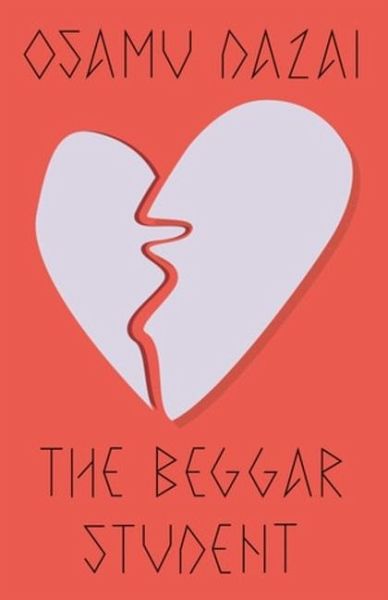A fictional thirty-something writer named Osamu Dazai has just mailed his publisher a terrible manuscript, filling him with dread and shame. Shortly afterward, while moping around a park in suburban Tokyo, he spots a figure drowning in a nearby aqueduct. He doesn't want to become a witness to a suicide and eventually decides to flee the park. But as he is leaving, he trips over the boy who had been drowning, and the two begin an unlikely conversation that turns into an intellectual spat. Hoping to ingratiate himself with the boy-a high-school dropout-Dazai finds himself agreeing to perform that very night as the live narrator of a film screening in the boy's stead... So begins the madcap adventure of The Beggar Student, where there is glamor in destitution and glimmerings of truth in intellectual one-upmanship. Replete with settings straight out of the popular anime Bungo Stray Dogs and echoes of the themes in No Longer Human, this biting novella captures the infamous Japanese writer at his mordant best.








